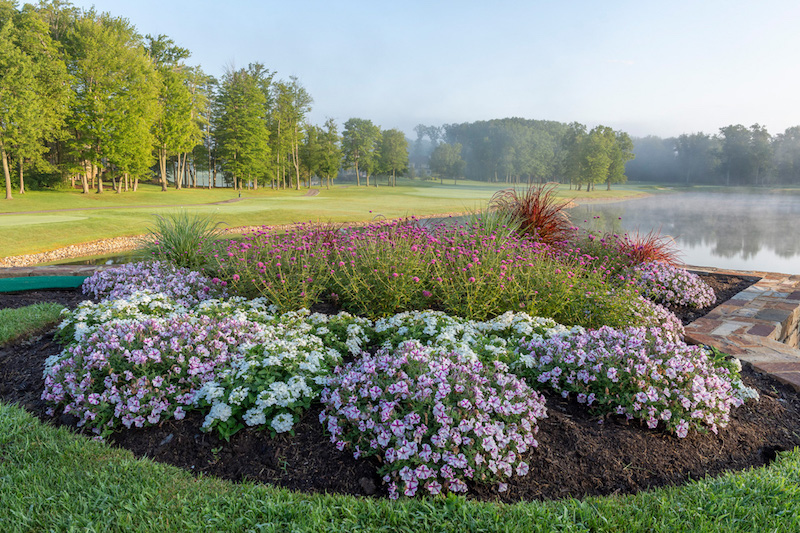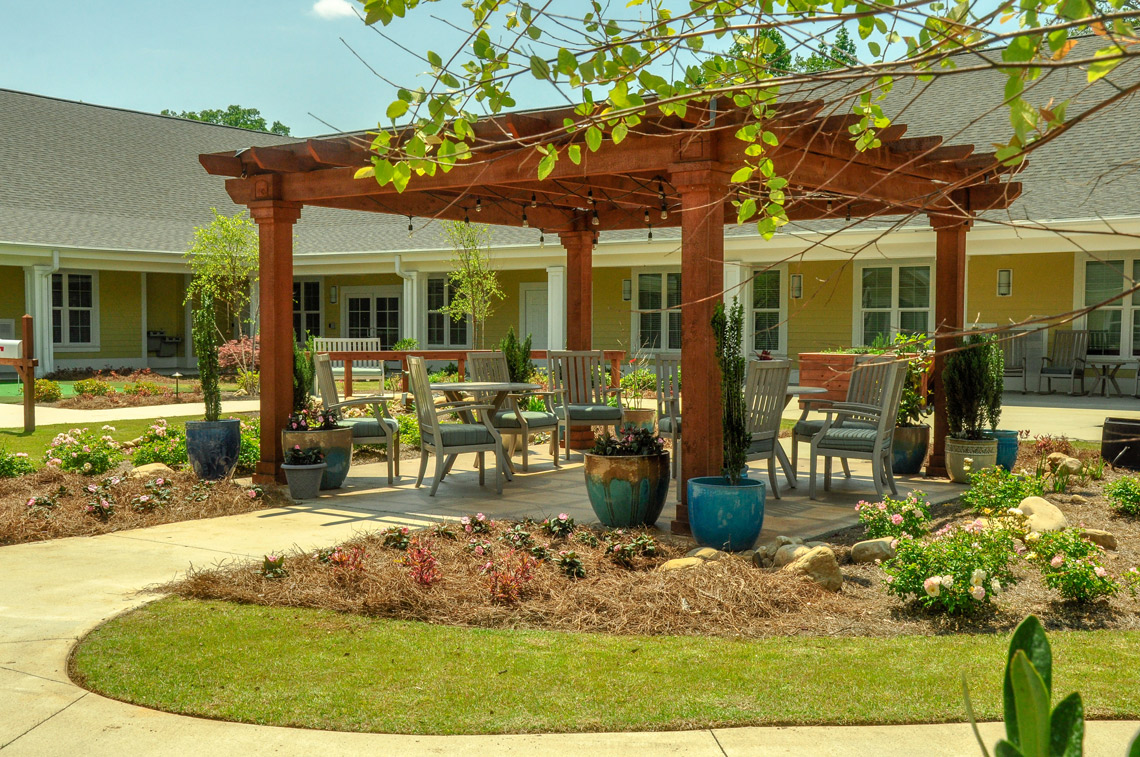More About Hilton Head Landscapes
Table of ContentsSome Known Details About Hilton Head Landscapes How Hilton Head Landscapes can Save You Time, Stress, and Money.The Only Guide for Hilton Head Landscapes7 Easy Facts About Hilton Head Landscapes ExplainedExcitement About Hilton Head LandscapesWhat Does Hilton Head Landscapes Mean?More About Hilton Head LandscapesHilton Head Landscapes Fundamentals Explained
Form compatibility is likewise a major component of unity in designone or more strikingly different types are good for comparison and emphasis, yet usually all other kinds must have some similarities for a linked appearance. Appearance describes just how rugged or fine the surface area of the plant or hardscape material really feels and/or looks.
Examples of plants with crude structure consist of philodendrons, agaves, bromeliads, hollies, palms, and hydrangeas. Characteristics that produce fine appearance consist of little foliage; slim, strappy leaves (grasses) or high, slim stems; little, dense twigs and tiny branches; long stems (creeping plants); and small, delicate blossoms.
Hilton Head Landscapes Fundamentals Explained
Most plants are average structure, because they can not be described as having either rugged or fine structure. They are identified by medium-sized leaves with straightforward forms and smooth sides. The average-sized branches are not largely spaced nor commonly spaced, and the general kind is usually rounded or mounding. Medium-textured plants act as a history to link and merge the rugged- and fine-textured plants.

To make an area feel smaller, place the crude appearances along the outer perimeter and the fine textures closest to the viewer. The detail of the coarse structure makes the plants appear closer and makes the room feel smaller sized. The viewed texture of plants can also alter with the range from the plant.
Not known Facts About Hilton Head Landscapes
Bold colors raise the contrast and make the texture appear coarser, while soft colors can flatten structure. Hardscape with a coarse texturesuch as very harsh rocks and bold, huge timberstends to make all plant material appear much more moderate distinctive. Developers frequently develop a texture research study (Number 8) theoretically to aid choose the plan of plant products.
Color in plant product and hardscape adds passion and range to the landscape. Color is the most obvious aspect in the landscape and is typically the focus of many property owners; however, it is also the most short-term element, usually lasting just a couple of weeks a year for individual plants.
An Unbiased View of Hilton Head Landscapes
A basic description of the shade wheel includes the three primaries of red, blue, and yellow; the 3 second colors (a mix of 2 primaries) of environment-friendly, orange, and violet; and six tertiary colors (a mix of one nearby main and secondary color), such as red-orange. Color theory discusses the connection of shades per various other and how they need to be used in a make-up.

Similar (sometimes called unified) color pattern are any type of three to five shades that are surrounding on the color wheel, such as red, red-orange, orange, yellow-orange, and yellow, or blue, blue-violet, and violet (Landscaping bluffton sc). The colors are related to each various other since they normally include two primary shades blended to create a secondary and two tertiary colors, which indicates they share common homes
They tend to have high comparison in between them. One of the most usual sets are violet and yellow, red and eco-friendly, and blue and orange. Corresponding shades are usually located naturally in flowers; a typical pair is yellow and violet. Color is found in the blossoms, vegetation, bark, and fruit of plants.
Getting The Hilton Head Landscapes To Work
Green vegetation in all its different tones is the leading shade by quantity, but other colors catch focus quicker due to their high contrast to the color green. Shade is likewise located in buildings, rocks, pavers, wood, and furnishings. Most colors in all-natural materials, such as rock and wood, are typically muted and often tend to be variants of brownish, tan, and light yellow.
Shades have buildings that can influence feelings, spatial assumption, light top quality, balance, and emphasis. Trendy shades have a tendency to be soothing and must be used in locations for leisure and calmness.
Getting The Hilton Head Landscapes To Work
Great shades tend to decline and are perceived as being further away, making a room really feel larger. Shade can likewise be made use of to catch interest and direct sights.
As an example, brilliant yellow, which has the highest strength, likewise has a high contrast with all other colors (usually referred to as a "pop" of color) and must be conserved. A percentage of intense color has as much visual weight as a huge quantity of a more subdued or weak color.
Similar (in some cases called unified) color design are any kind of 3 to five colors that are adjacent on the color wheel, such as red, red-orange, orange, yellow-orange, and yellow, or blue, blue-violet, and violet. The colors belong per various other since they commonly include 2 primary shades mixed to create an additional and 2 tertiary shades, which means they share typical residential or commercial properties.
Everything about Hilton Head Landscapes
Corresponding shades are commonly located naturally in blossoms; a common set is yellow and violet. Color is found in the blossoms, vegetation, bark, and fruit of plants.
Eco-friendly vegetation in all its different tones is the dominant color by amount, however other shades record focus extra easily due to the fact that of their high comparison to the shade environment-friendly - landscapers in bluffton sc - https://disqus.com/by/disqus_mvAiTQ3jyY/about/. Color is likewise found in structures, rocks, pavers, timber, and furniture. Many shades in all-natural materials, such as stone and wood, are typically muted and have a tendency to be variations of brownish, tan, and pale yellow
Indicators on Hilton Head Landscapes You Need To Know
Shades have properties that can impact feelings, spatial understanding, light quality, balance, and focus. Trendy colors have a tendency to be soothing and must be made use of in locations for relaxation and peacefulness.
The "temperature" of colors can likewise affect the understanding of range. Awesome colors have a tendency to recede and are viewed as being further away, making a room feel larger. Cozy shades have a tendency to development and are viewed as being better, making a room really feel smaller. Shade can also be used to catch attention and straight views.
For instance, intense yellow, basics which has the greatest intensity, also has a high comparison with all various other shades (usually explained as a "pop" of shade) and must be conserved. A percentage of extreme shade has as much aesthetic weight as a large quantity of a much more controlled or weaker color.